
| Japan Heritage Kisoji |
| Cultural Properties |
| Travel Column |
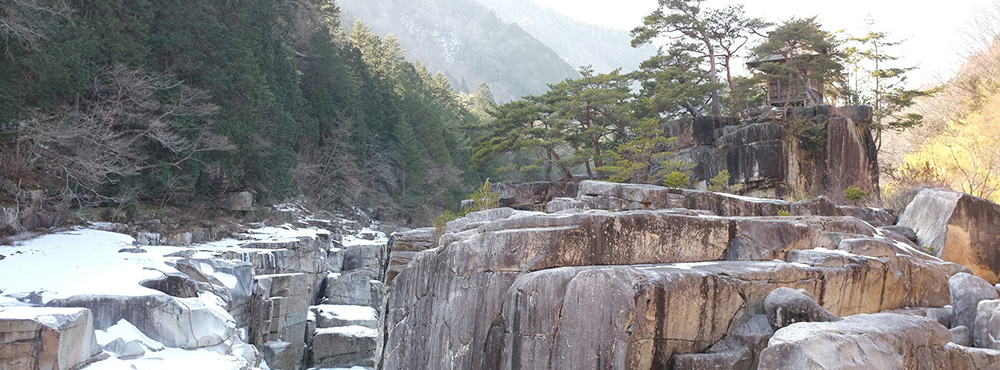
The road to Kiso runs through a narrow, mountain valley where old post towns are tucked into its nooks and crannies. Sacred sites hundreds of years old and places of natural beauty are scattered about the forests, mountains, and rivers. Among the many awe-inspiring locations, we made our way to Hakusan Shrine, home to Nagano’s oldest shrine structures and Nezamenotoko Gorge, a beautiful rock formation on the Kiso River steeped in Japanese folklore.
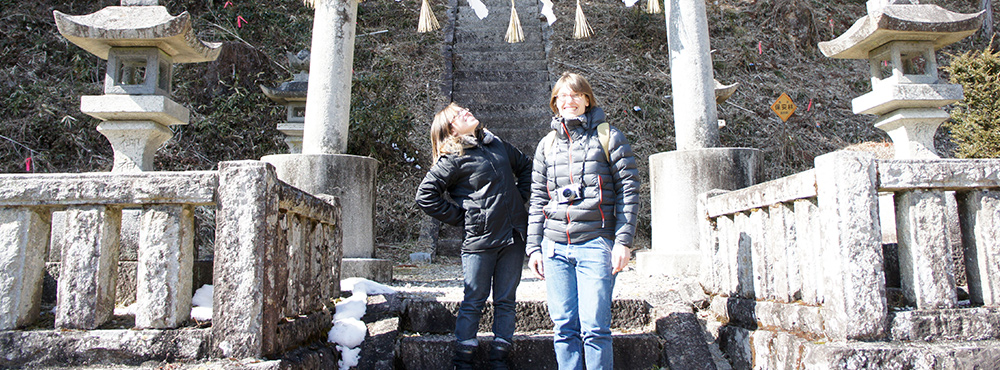
Established seven centuries ago, Hakusan Shrine has the oldest shrines in all of Nagano. It can be found near Okuwa Station hidden in a forest on the mountainside, the location marked by a stone torii gate at its base.
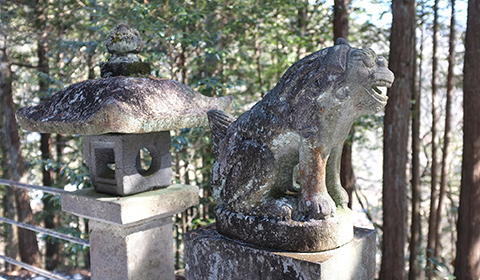
After climbing a steep set of stairs and a brief hike through the woods, we arrived at the sanctuary, greeted by a pair of stone guardian dogs.
Compared to extravagantly adorned shrines like Itsukushima Shrine on Miyajima Island or Toshogu Shrine in Nikko, Hakusan Shrine is quiet and modest, perhaps an ode to the simple beauty of the surrounding nature.
Aside from festival days, visitors would normally only be able to peer into the shrine through its lattice door, but we were lucky to be with the caretaker who opened the building for us.
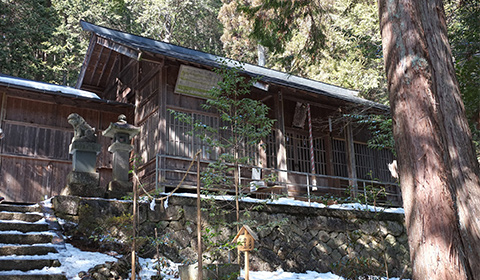
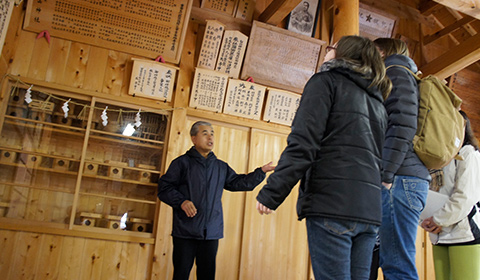
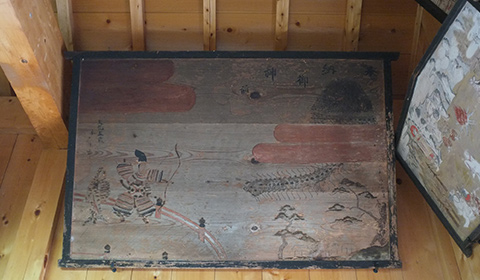
The main hall was decorated with numerous painted ema tablets originating from the mid-Edo and Meiji Periods, their old age apparent in their fading colors.
The four 700-year-old shrines, each dedicated to a different kami, or Shinto deity, are housed behind the more recently constructed main hall. Opening the door of this rear sanctuary revealed four simple, yet elegant, wooden shrines. Though a few insects had managed to chew squiggly patterns into the cypress posts, the structures have not needed repair ever since they were built centuries ago.
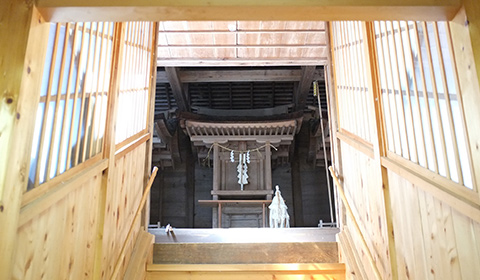
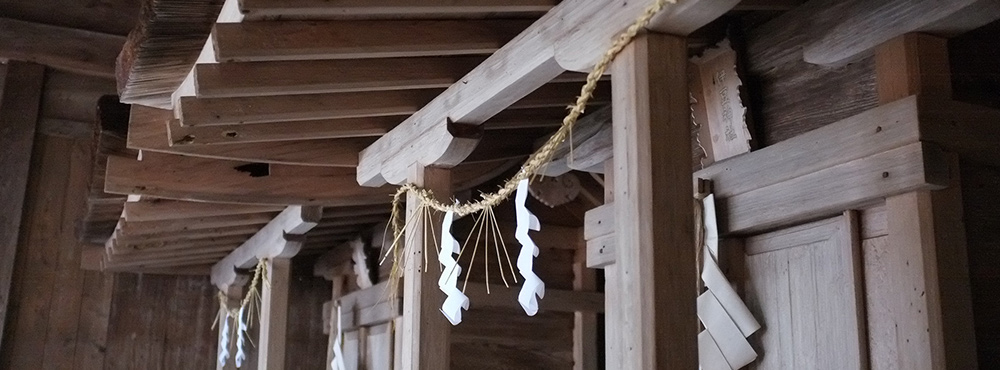
Shimenawa ropes hung before each of their doors, representing the border between our world and that of the spirits. Each shrine contains a sacred mirror embodying their respective kami.
The impressive shrine roofs had been constructed from countless slivers of bark from Japanese cypress trees stacked in many, many layers to form a strong and naturally beautiful design. According to the caretaker, only one person remains in all of Japan who is able repair or build this kind of roof.
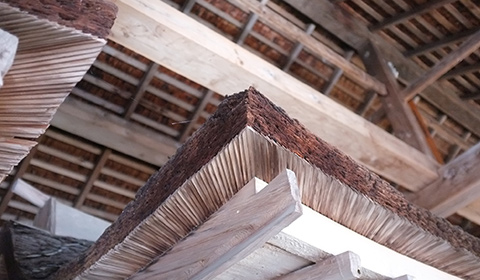
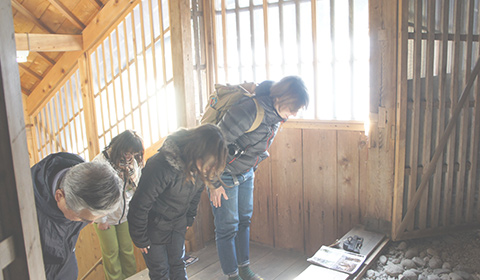
Transfixed by the shrines’ solemn and spiritual aura, I felt as if I could gaze endlessly at these ancient structures. But, the time had come to make our last bow and move on to the next destination.
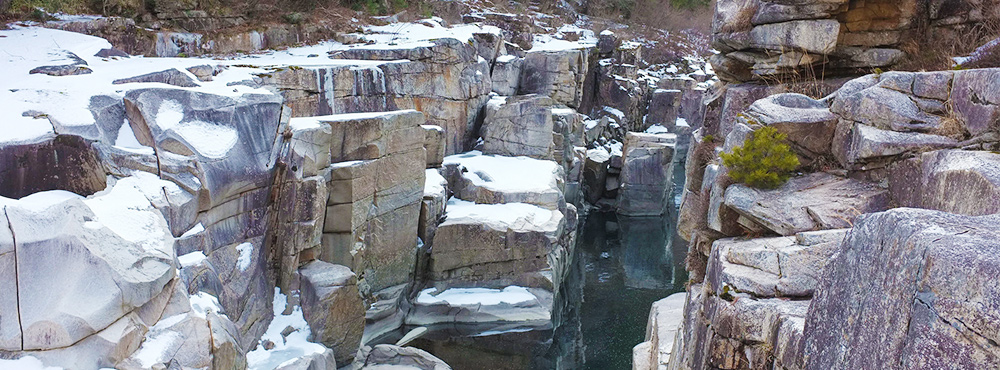
Just a ways down the river from Hakusan Shrine is Nezamenotoko Gorge, near Agematsu Station in the post town of Agematsu.
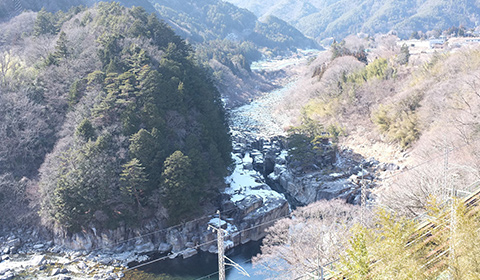
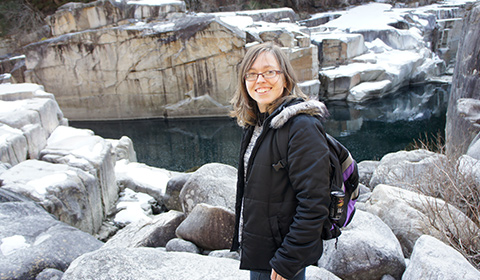
It is famous for not only its natural beauty, but it also appears in certain versions of the Urashima Taro fairy tale as the site where the main character awakens upon returning from Ryugujo (the Dragon Palace). The name Nezamenotoko, meaning “gorge of awakening,” may be an allusion to this story.
The gorge consists of huge slab of granite that has been gradually carved down by the river. Around it, humongous boulders are piled on top of each other as if the gods themselves had tossed them into the valley. A small wooden shrine sits atop the rock slab beyond the boulders, making you wonder how it could have possibly been built there.
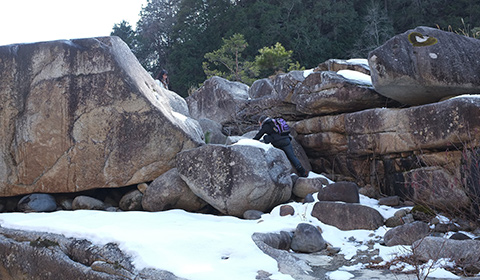
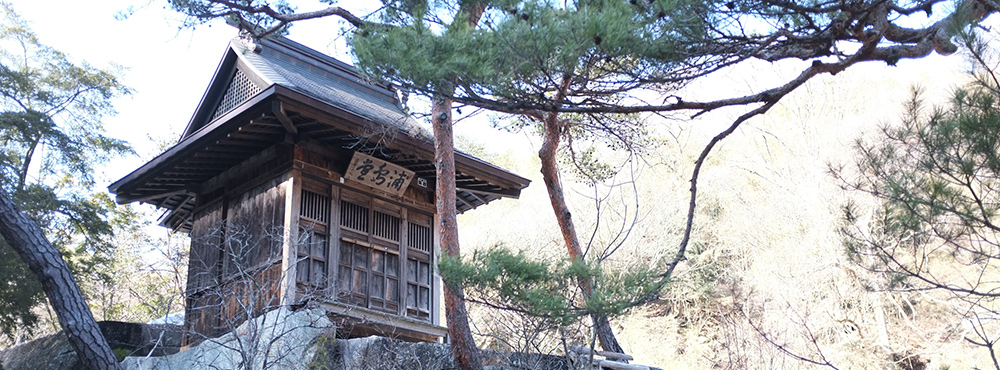
Feeling adventurous, I clambered across the rocks to see the shrine. After spending a few hours inside historical buildings and the car, this was refreshing—There couldn’t be a better way to connect with nature and its spiritual power than to climb all over it.